
About Solar Energy Corporation of India (SECI) Ltd:
- It is the leading Central Public Sector Undertaking (CPSU) dedicated to the development and expansion of Renewable Energy (RE) capacity in India.
- It was established to facilitate the implementation of the National Solar Mission.
- It is under the administrative control of the Ministry of New and Renewable Energy (MNRE).
- It was incorporated in 2011 as a not-for-profit company (Sec. 25 of Companies Act, 1956) and converted to a commercial company in 2015 (Sec. 3 of the Companies Act, 2013).
- Vision: To build ‘Green India’ through harnessing abundant solar radiation and to achieve energy security for the country.
- It is the only CPSU dedicated to the renewable energy sector.
- SECI serves as an implementing agency for the development of Solar, Wind and Hybrid Projects as part of fulfilling the country’s Nationally Determined Contributions (NDCs).
- In addition, SECI has ventured into solar project development on a turnkey basis for several PSUs/Government departments.
- The company also has a power trading license and is active in this domain through trading of solar power from projects set up under the schemes being implemented by it.
- Its model involves procuring energy from developers selected through competitive bidding and selling it to electricity distribution companies (DISCOMs) under long-term Power Purchase Agreements (PPAs) and Power Sale Agreements (PSAs).
- It has been accorded the status of Miniratna Category-I CPSU.
- It now oversees a massive 65.3 GW of awarded generation capacity.
- Out of this, more than 60%—over 40 GW—is solar energy. The remaining capacity includes 16.3 GW of wind energy and about 9 GW of hybrid energy projects.
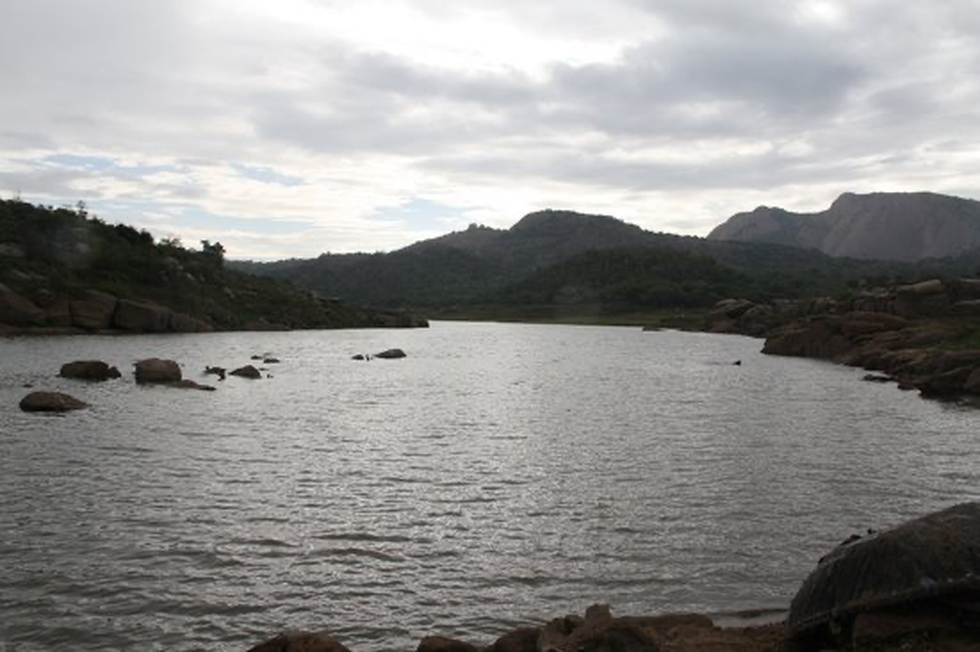
About Nano Urea:
- It is a nanotechnology-based revolutionary agri-input that provides nitrogen to plants.
- It is developed and patented by the Indian Farmers Fertiliser Cooperative Limited (IFFCO).
- IFFCO Nano Urea is the only nano fertilizer approved by the Government of India and included in the Fertilizer Control Order (FCO).
- Features:
- Compared to conventional urea prill, Nano Urea has a desirable particle size of about 20-50 nm, and more surface area (10,000 times over 1 mm urea prill), and number of particles (55,000 nitrogen particles over 1 mm urea prill).
- It contains 4.0 % total nitrogen (w/v).
- Benefits:
- It is produced by an energy-efficient, environment-friendly production process with less carbon footprints.
- It is more efficient in terms of nutrient uptake and releases nitrogen more slowly.
- It reduces the amount of nitrogen lost to the atmosphere as greenhouse gases.
- It is expected to improve crop productivity, soil health, and nutritional quality of produce and address the "imbalanced and excessive use" of conventional fertilizer.

About Arkavathi River:
- It is an important mountain river in Karnataka.
- It is a significant tributary of the Kaveri River.
- Course:
- Origin: It originates at Nandi Hills of the district of Chikkaballapura at an elevation of 1478 meters.
- It joins the Kaveri River around 34 km south of Kanakapura in the Ramanagara District.
- Total Length: 190 km.
- One-third of Bengaluru city falls within its 4,150 sq. km. river basin.
- Historically, the river was a major source of drinking water for Bangalore and surrounding areas.
- It has three tributaries; the Kumudavathi, Suvarnamukhi, and Vrishabhavathi.
- Reservoirs: The Arkavathi feeds two important reservoirs:
- Hesaraghatta Reservoir: Built in 1894 to supply drinking water to Bangalore.
- Thippagondanahalli Reservoir (T.G. Halli): Also supplies drinking water to Bangalore.
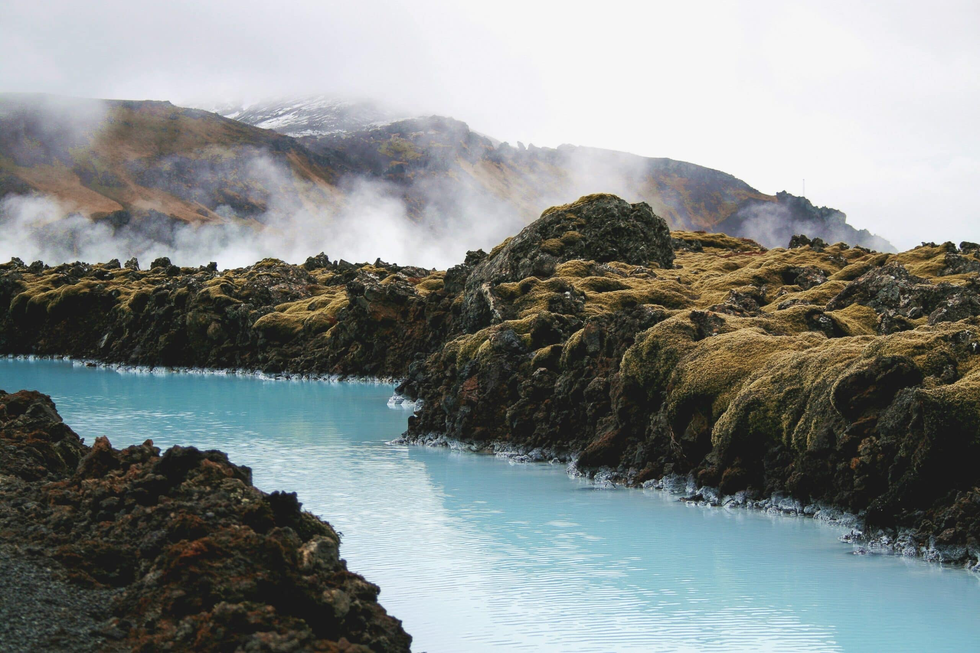
About Reykjanes Peninsula:
- Reykjanes is a peninsula in southwest Iceland, characterized by immense lava fields, volcanoes, and heightened geothermal activity.
- It runs along the Mid-Atlantic Rift, where the Eurasian and the North American tectonic plates are drifting apart.
- Due to this geological setting, the whole peninsula is extremely volcanically active, covered with moss-coated lava fields and cone-shaped mountains.
- It has several high-temperature geothermal areas, three of which have been harnessed to generate electricity.
- It is home to some 30,000 people, or nearly 8% of the country’s total population.
- UNESCO recognised Reykjanes as a UNESCO Global Geopark in 2015.
- Since 2021, the Reykjanes Peninsula has seen a marked increase in volcanic activity, with eruptions occurring frequently.
- There are frequent earthquakes due to the movement of the tectonic plates, but are commonly minor events that can hardly be felt by humans.
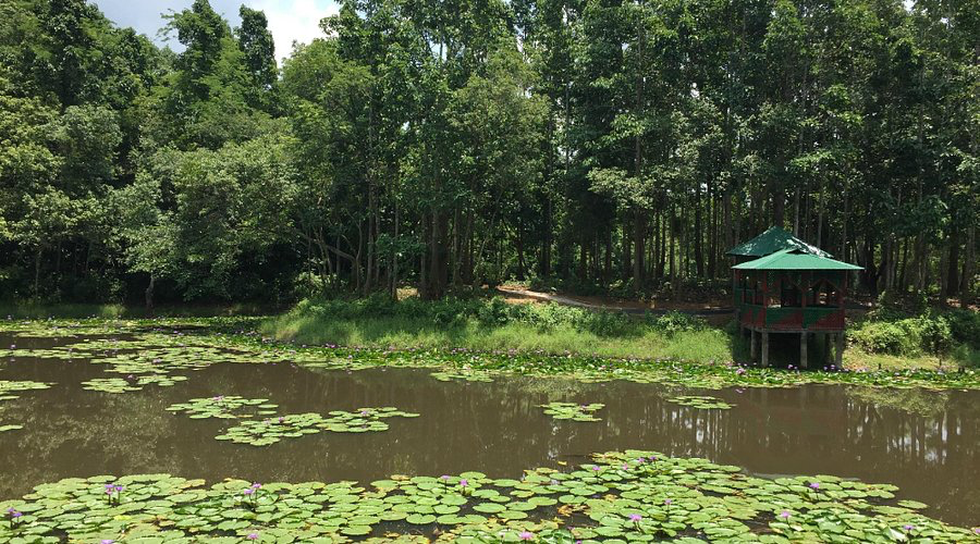
About Trishna Wildlife Sanctuary:
- It is situated in South Tripura District.
- Occupying an area of 197.7 sq. km., it was established in 1988.
- Vegetation: Three types of forests are found in the Sanctuary: Tropical Semi Evergreen Forest, Moist Mixed Deciduous Forest, and Savanna woodland.
- Apart from the forest, the sanctuary has a number of perennial water rivulets, waterbodies, and grasslands.
- Flora:
- The sanctuary is dotted with 230 tree species, 400 herbs, 110 shrubs, and 150 climbers.
- Medicinal plants can also be seen here. Some of the prominent medicinal plant species are Kurcha, Tulsi, Vasak, Sarpaganda, Rudraksha, Bel, etc.
- One species of Bamboo Oxytenanthera nigrociliata, locally known as Kaillai, is common here, leaves of which are liked by Gaur.
- Fauna:
- The great attraction of this sanctuary is a sizable population of Gaur or Indian Bison.
- It is also the home to highly endangered only ape species of the Indian subcontinent i.e, the Hoolock Gibbon, and primates like Capped Langur and Golden Langur.
- Other animals include Leopards, Wild cats, Pheasants, Lalmukh Bandars, Wild Boars, etc.
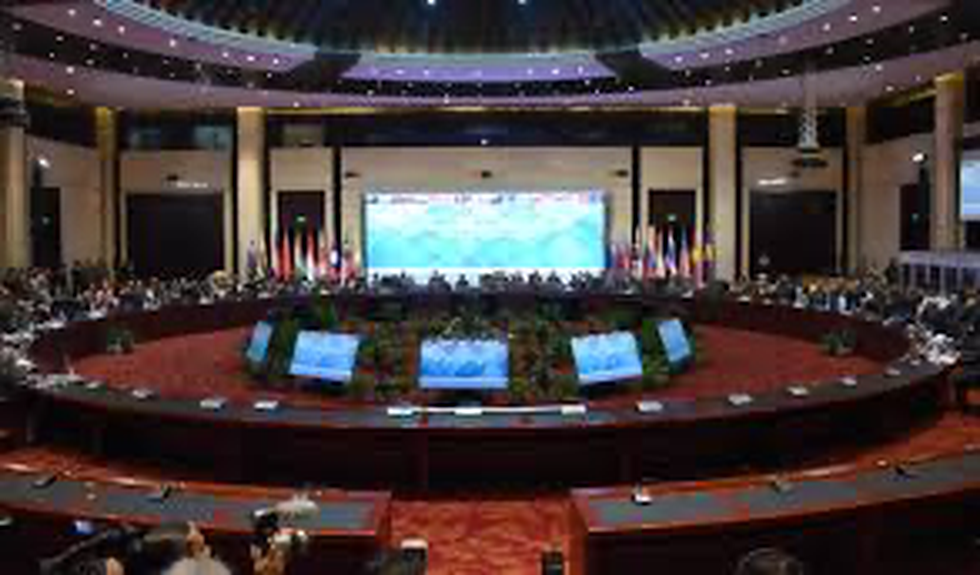
About ASEAN Defence Ministers’ Meeting-Plus:
- It is a platform for ASEAN and its eight Dialogue Partners Australia, China, India, Japan, New Zealand, Republic of Korea, Russia and the United States.
- It was established to strengthen security and defence cooperation for peace, stability, and development in the region.
- The Inaugural ADMM-Plus was convened in Hanoi, Vietnam, on 12 October 2010.
- Since 2017, the ADMM-Plus meets annually, to allow enhanced dialogue and cooperation among ASEAN and the Plus Countries in the midst of an increasingly challenging regional security environment.
- Objectives
- To benefit ASEAN Member States in building capacity to address shared security challenges, while cognisant of the differing capacities of various ASEAN Member States;
- To promote mutual trust and confidence between defence establishments through greater dialogue and transparency;
- To enhance regional peace and stability through cooperation in defence and security, in view of the transnational security challenges the region faces;
- To contribute to the realisation of an ASEAN Security Community which, as stipulated in the Bali Concord II, embodies ASEAN’s aspiration to achieve peace, stability, democracy and prosperity in the region where ASEAN Member States live at peace with one another and with the world at large;
- To facilitate the implementation of the Vientiane Action Programme, which calls for ASEAN to build a peaceful, secure and prosperous ASEAN, and to adopt greater outward-looking external relation strategies with our friends and Dialogue Partners.

About RS-26 Rubezh Missile:
- RS-26 is an intercontinental ballistic missile which was first successfully tested in 2012.
- Features
- It is estimated to be 12 metres long and weigh 36 tons and can carry an 800-kg (1,760-lb) nuclear warhead.
- It is a ballistic missile whose classification oscillates between medium-range ballistic missile (IRBM) and intercontinental ballistic missile (ICBM), depending on configurations and adopted definitions.
- Range: Its estimated range, between 2,000 and 6,000 kilometers, corresponds to the medium-range ballistic missile category, primarily used for regional strikes.
- It is capable of carrying Multiple independently targetable reentry vehicles (MIRVed ).
- Its development was led by the Moscow Institute of Thermal Technology (MITT), one of Russia’s leading ballistic missile design centers.
What is an Intercontinental Ballistic Missile(ICBM)?
- An ICBM is a guided missile that is designed to deliver nuclear warheads, although it could also deliver other payloads.
- According to the Federation of American Scientists, ICBMs have a minimum range of 5,500 kilometres (3,400 miles), with maximum ranges varying from 7,000 to 16,000 kilometres.
- ICBMs are much faster and have a greater range than other types of ballistic missiles.
- Agni-V is an Indian ICBM with a range of over 5,000 km.

About WAVES OTT Platform:
- Waves is a digital platform developed by Prasar Bharati.
- It aims to cater to India’s growing demand for streaming services, as stated by the broadcaster in its official release.
- It offers a wide range of content, including live TV, video on demand, games, radio streaming, and e-commerce options via the ONDC network. Its offerings include:
- On-demand content: Movies, shows, ebooks, and historical visuals
- Live events: Religious programmes, cricket tournaments, and other big events
- Games: Suitable for all age groups
- Online Shopping options
- Currently, the app provides access to around 65 live channels, including private broadcasters.
What is an over-the-top (OTT) platform?
- It refers to any streaming service that delivers content through wireless internet. OTT bypasses traditional forms of media consumption, such as cable or set-top boxes.
- Key features of OTT platforms include on-demand access, flexible subscription models, cross-device availability, and personalized content recommendations.
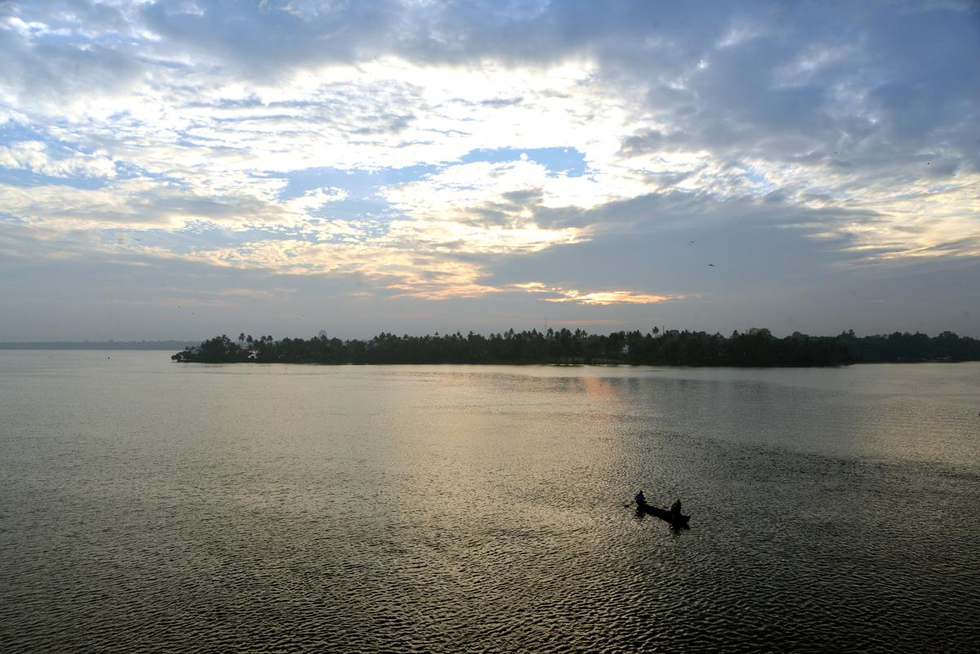
About Ashtamudi Lake:
- It is a Ramsar wetland located in Kollam district of Kerala.
- The word Ashtamudi means Eight braids in Malayalam which can be explained by the palm-shaped topography of the lake with multiple branches.
- It is because of its eight 'arms' or channels, that the lake is named Ashtamudi.
- It is the second largest lake in Kerala, which has found its way into the sea through the Neendakara estuary.
- Kallada river is the major source of water for Ashtamudi lake.
- The historical significance of Ashtamudi lake dates back to the 14th century when the lake surroundings were the important port connecting the ancient city of Quilon to the rest of the world.
- Historical records of the Moroccan explorer Ibn Battuta highlights Quilon city, in the banks of Ashtamudi lake as one of the major trading centers in the ancient period.
- Different species of marshy mangroves was reported in the region, including two endangered species called Syzygium travancoricum and Calamus rotang.
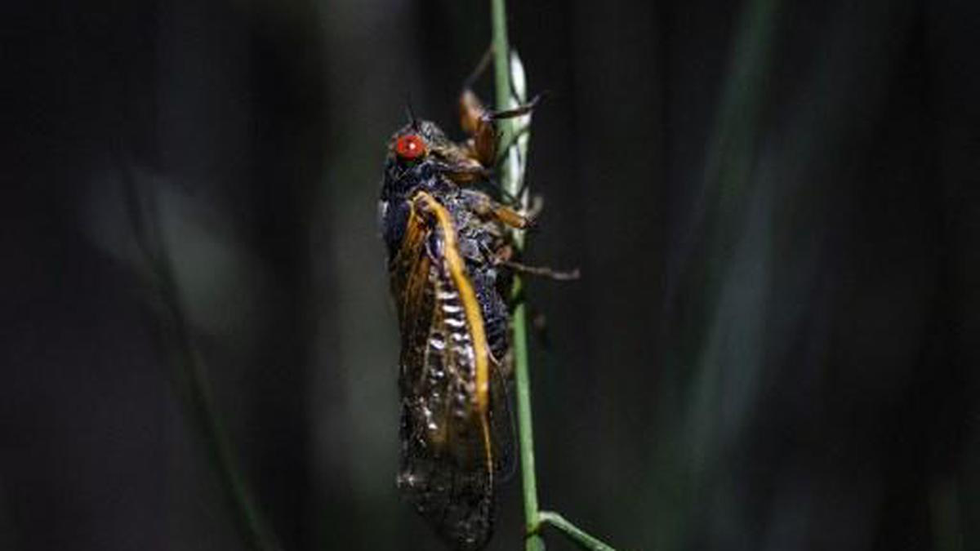
About Cicadas:
- Cicadas are hemipteran insects known for their loud, complex and species-specific acoustic signals or songs.
- The generic diversity of cicadas in India and Bangladesh ranks the highest in the world, followed by China.
- Habitat: Most cicadas are canopy dwellers and are found in natural forests with large trees.
- Types: Scientists divide the over 3,000 cicada species into two groups: annual and periodical.
- Annual cicadas: They emerge from the ground at different times each summer.
- They’re usually dark with greenish markings.
- These insects avoid predators by camouflaging themselves in the trees and flying from hungry birds and moles.
- Periodical cicadas: Only seven species of cicadas are in the periodical cicadas.
- These bugs all emerge from the ground at the same time(Summer).
- These groups appear after a dormant period of either 13 or 17 years.
- Ecological Significance: They prune mature trees, aerate the soil, and once they die, their bodies serve as an important source of nitrogen for growing trees.


























































































































































.png)
.png)
.png)
.png)
.png)


.png)
.png)
.png)





.png)
.png)






.png)
.png)
.png)
.png)
.png)
.png)
.png)
.png)
.png)

.png)







.png)
.png)


.png)
.png)
.png)


.png)

.png)
.png)





.jpg)

.png)
.png)


.png)

.png)
.png)
.png)

.jpg)

.jpg)


.png)

.png)
.png)
.png)
.png)
.png)
.png)
.png)
.png)
.png)
.png)




.png)

.png)





.png)
.png)
.png)
.png)
.png)
.png)
.png)
.png)
.png)
.png)
.jpg)
.jpg)

.png)
.png)
.png)
.png)
.png)
.png)
.png)
.png)
.png)
.png)
.png)
.png)
.png)
.png)
.png)
.png)
.png)
.png)
.png)
.png)
.png)
.png)



.png)
.png)

.jpg)
.jpg)


.jpg)
.jpg)
.jpg)
.jpg)
.jpg)

.jpg)








.jpg)
.jpg)
.jpg)
.jpg)
.jpg)

















.jpg)
.jpg)







.jpg)


















.jpg)
.jpg)






























































































.jpg)
.jpg)


























.jpg)

.jpg)










.jpg)








.jpg)




.jpg)










.jpg)


















.jpg)












































.jpg)














.jpg)
.jpg)
.jpg)





.jpg)

.jpg)
.jpg)





































































.jpg)


































.jpg)
.jpg)
















































.jpg)












.jpg)


.jpg)




.jpg)
.jpg)
.jpg)

.jpg)
.jpg)
.jpg)
.jpg)

.jpg)
.jpg)
.jpg)

.jpg)
.jpg)
.jpg)
.jpg)
.jpg)
.jpg)
.jpg)
.jpg)

.jpg)


.jpg)
.jpg)
.jpg)
.jpg)
.jpg)
.jpg)
.jpg)
.jpg)
.jpg)
.jpg)











.jpg)
.jpg)





.jpg)
.jpg)
.jpg)
























.jpg)
























.jpg)









.jpg)
.jpg)







.jpg)
.jpg)









































.jpg)
.jpg)
.jpg)
.jpg)
.jpg)

.jpg)
.jpg)
.jpg)
.jpg)
.jpg)


.jpg)
.jpg)
.jpg)
.jpg)
.jpg)

.jpg)
.jpg)
.jpg)
.jpg)
.jpg)
.jpg)
.jpg)
.jpg)
.jpg)
.jpg)
.png)

.png)
.png)

.png)
.png)
.png)
.png)


.jpg)
.jpg)

.jpg)
.jpg)
.jpg)

.png)
.png)
.png)
.png)
.png)
.png)
.png)

.png)
.png)
.png)
.png)
.png)
.png)
.png)
.png)
.png)
.png)





































































-min.png)



.png)




.png)








































